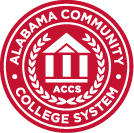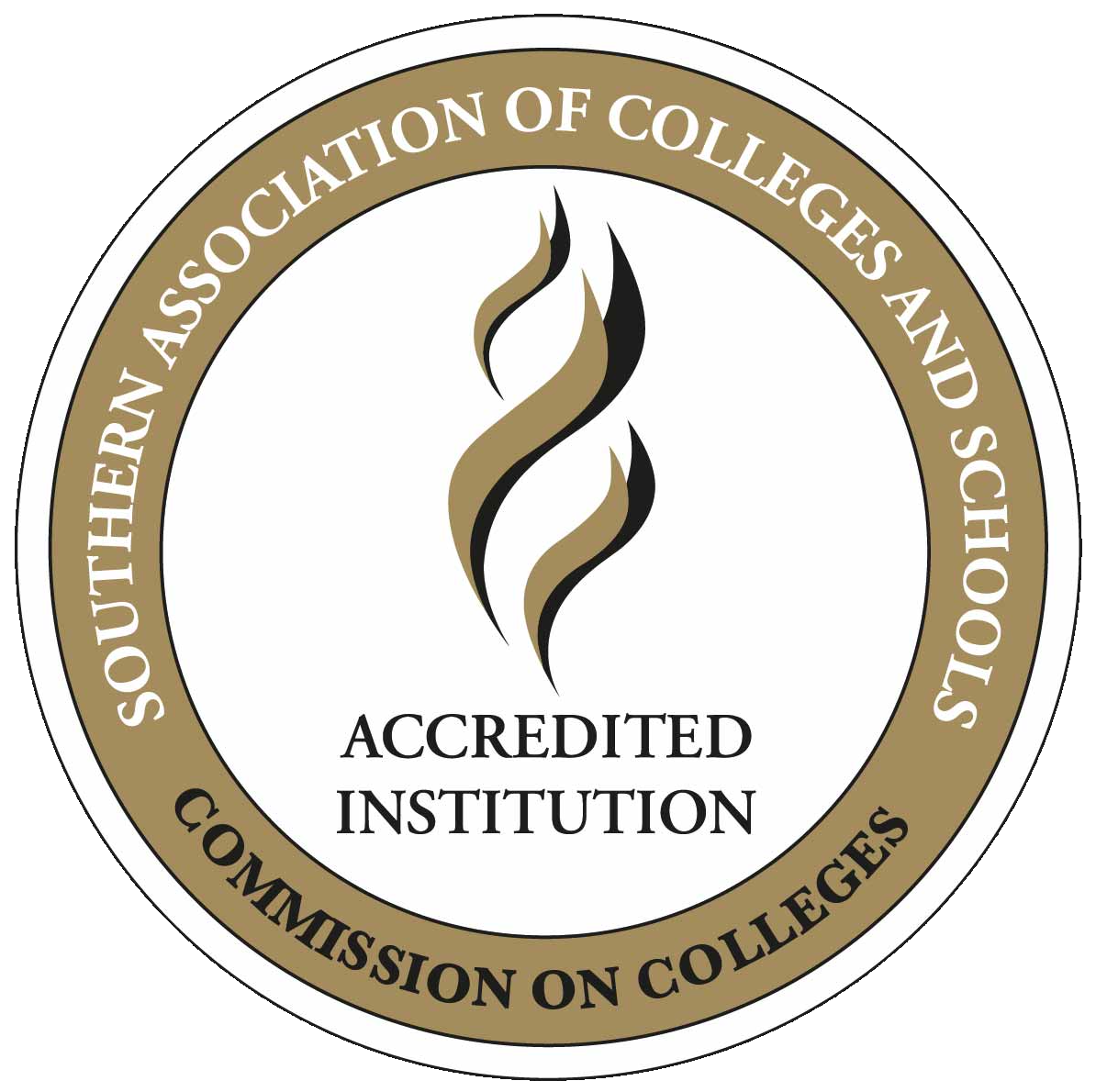In order to perform the tasks required of a respiratory therapist, certain physical, reasoning and communication capabilities are required. Students must demonstrate the ability to perform required functions as a routine part of either classroom, laboratory or clinical education. Students should be aware that successful completion of the Respiratory Therapy Program will depend upon the ability to meet the following technical standards.
Examples of technical skills include:
A reasonable amount of strength and mobility are required in order to effectively work in a clinical setting for eight (8) to twelve (12) hours per day:
- Lift, move or push heavy equipment, specifically ventilators, therapy equipment, stretchers and/or wheelchairs with patients in them
- Assist in lifting or repositioning patients who may be paralyzed, comatose or otherwise incapacitated, from patient beds and stretchers or wheelchairs
- Provide physical assistance and care for patients in a timely manner in all circumstances
- Reach overhead in order to manipulate ventilator arms, monitoring equipment, etc.
Manual dexterity, good motor skills and eye-hand coordination are necessary in order to:
- Assemble, operate, and manipulate equipment
- Don and doff sterile gloves and other personal protective equipment (PPE)
- Manipulate a syringe and needle to prepare medications.
- Set up equipment
- Perform routine and complex therapies, i.e. SVN, suctioning, manual ventilation
- Palpate pulses (arteries) for puncture.
- Perform airway management
- Perform chest compressions during CPR and manually ventilate a patient.
Sensory function in upper limbs is necessary in order to palpate blood vessels for blood sampling.
The ability to hear faint or muffled sounds is necessary in order to:
- Assess breath sounds
- Respond to patient needs since ventilator alarms may be muffled due to ICU noise
- Monitor equipment operation or dysfunction which may be indicated by low intensity sounds.
- Function when the use of surgical masks are required for protection of the patient or hospital personnel
- Respond to pages and emergency calls from the hospital public address system
Visual acuity (the ability to see fine lines) to:
- Read patient monitor values and ventilator values in dimly lit surroundings
- Read waveform graphic monitors
The ability to communicate orally and in writing in the English language is a requirement for RTs in order to:
- Ascertain and record patient histories
- Monitor and document patient progress
- Provide clear and audible directions when speaking directly to others.
- Provide accurate information when discussing patient management with physicians and other support staff
- Process and communicate information on the patient’s status with accuracy in a timely manner for appropriate interaction with physicians, supervisors and other members of the health care team.
Cognitive and intellectual abilities to:
- Measure, calculate and analyze data
- Make proper assessments
- Use sound judgement
- Appropriately prioritize therapeutic interventions
- Measure and record patient care outcomes.
Possess acceptable mental/attitudinal standards in order to:
- Function safely, effectively and calmly under stressful situations
- Maintain composure while managing multiple tasks simultaneously
- Prioritize multiple tasks
- Exhibit social skills necessary to interact effectively with patients, families, supervisors and coworkers of the same or different cultures such as respect, politeness, tact, collaboration, teamwork and discretion
- Display attitudes/actions consistent with the ethical standards of the profession



